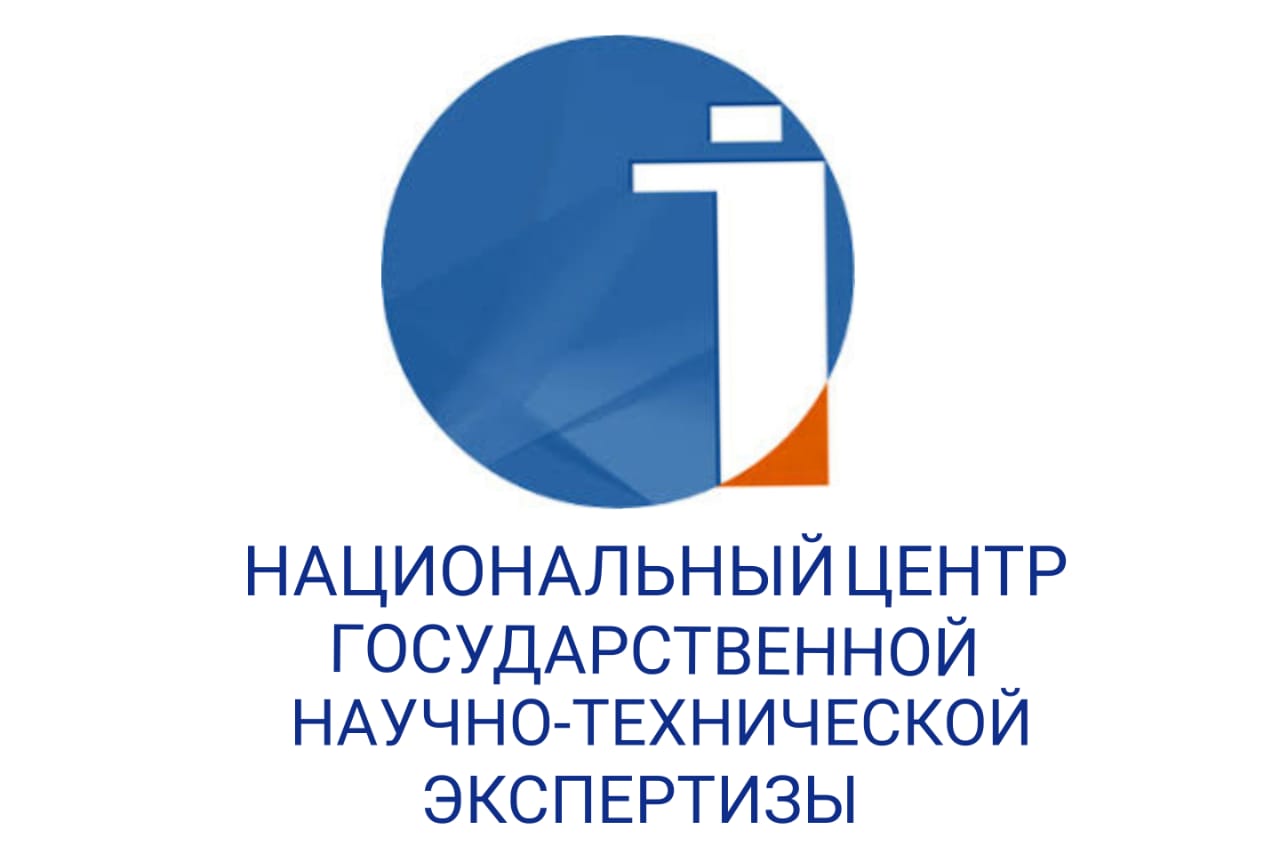IMPLEMENTATION OF BLENDED TEACHING TECHNIQUES IN ACADEMIC ENGLISH COURSE THROUGH ASU REPOSITORY: A CASE STUDY AT ALMATY MANAGEMENT UNIVERSITY
DOI:
https://doi.org/10.48371/PEDS.2022.67.4.014%20Keywords:
blended learning,, blended teaching, traditional education, online education, knowledge acquisition, academic program,, English as a foreign language (EFL), ASU repository, Information and communication technologies (ICT), contemporary.Abstract
Blended learning and teaching methods have gained a broad recognition in the field of education. They enable instructors and learners to diversify, enhance and facilitate the process of language acquisition. After the Covid-19 period, there was a demand to teach English for numerous students using contemporary approach, therefore, the Almaty Management University, Kazakhstan, has created an innovative Academic English Program using the repository of Arizona State University (ASU). There are four academic modules included in this program. This program’s main aim is the development of integrated language skills, particularly focuses on learning and using the authentic materials from the repository. The blended-learning model was implemented in this program. The model included: (1) Students independent work with ASU Academic online course; (2) The teacher’s monitoring on students’ learning process; (3) the teacher’s class which was hold face-to-face in campus, and (4) students’ involvement in immersion tasks. The university used the Moodle online LMS platform to save all the materials and ASU content. Main advantages of the available online course are their contemporary content, constantly updated materials, and user-friendly interface. There were interactions between learner and computer, learner and teacher, learner and learner throughout the course completion. This article will describe the elements of the blended-learning model, the implementation problems and the results.








